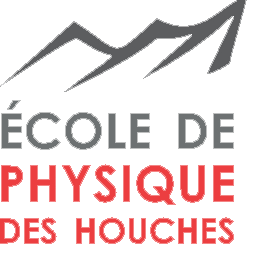Speaker
Description
A number of upgrades and stabilisation techniques to the BASE apparatus [1], motivated by improving upon the recent 1.5 ppb measurement of the antiproton $g$-factor [2] and other fundamental properties of the antiproton, are presented.
A new modified-cyclotron mode detection system has been commissioned and installed into the BASE apparatus. The primary function of this instrument is to resistively cool the modified-cyclotron mode, necessary to resolve single spin-flip transitions with high fidelity [3] -- itself an integral part of $g$-factor measurements. This device also allows direct observation of the modified-cyclotron frequency, which in turn permits high-resolution measurements of the magnetic field.
Pressure stabilisation is also a new addition to the BASE experimental setup and has been added to keep both the pressure inside the apparatus, and the flow out of the cryogenic liquid reservoirs, as constant a possible. This has had a significant impact on the frequency stability of sideband measurements, improving from $>5$ ppb to $1.7$ ppb in terms of fractional precision.
A further stabilisation improvement is the implementation of a new self-shielding solenoid, centred over the Precision Trap (PT). The intention of such a device is to suppress the effect of external magnetic field fluctuations induced by the Antiproton Decelerator (AD) on the trapped particle. A self-shielding factor of $~100$ has been determined for this new instrument, corresponding to a $10$-fold improvement compared to the device used in a previous charge-to-mass ratio measurement [4].
With a significantly upgraded experimental apparatus and improved methods and techniques, a sub-ppb measurement of the antiproton magnetic moment is anticipated.
[1] C. Smorra et. al. BASE -- The Baryon Antibaryon Symmetry Experiment, Eur. Phys. J. ST, 224, 16, 3055–3108, 2015
[2] C. Smorra et. al. A Parts-Per-Billion Measurement of the Antiproton Magnetic Moment, Nature, 550, 371–374, 2017
[3] C. Smorra et. al. Observation of Individual Spin Quantum Transitions of a Single Antiproton, Phys. Lett. B, 769, 2017
[4] S. Ulmer et. al. High-Precision Comparison of the Antiproton-to-Proton Charge-to-Mass Ratio,Nature, 524, 196–199, 2015
